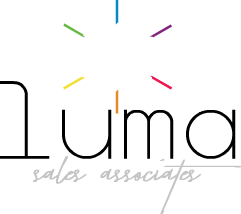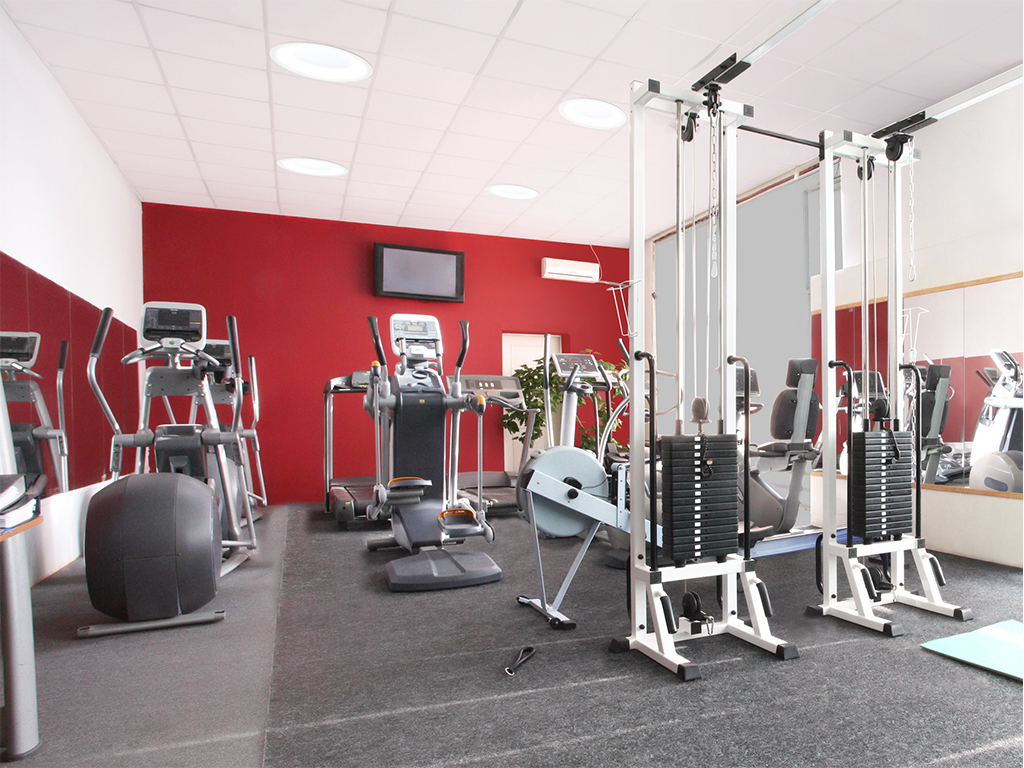As human beings, we do two things to indoor surfaces: we clean them and we contaminate them.
Just like cleaning is a part of our regular routine, so is contamination—though we may not always acknowledge that fact.
Most of us know the risks of bacterial infection—especially if we're the ones responsible for protecting a home, a hospital, or a classroom. We ease our minds with procedure regulation, disinfection best practices, and the right products. Facility owners and managers spend quite a bit of time and money ensuring their buildings are safe.
But many traditional (and new tech) disinfection solutions follow the same format: pause operations, introduce a cleaning agent, and resume operations. For busy environments, this means regular disinfection doesn't happen until the room isn't needed.
Unfortunately, bacteria don't work that way.
Germs operate around the clock, and their main mission is to multiply and infect. Consider E. coli bacteria, which divides every 20 minutes! No matter how regularly the facility is cleaned, that rate is impossible to match.
That's where continuous disinfection comes in. By continuously exposing surface bacteria to germicidal wavelengths, you can keep up with the population.
But where can you get those wavelengths?
Every facility already needs and uses artificial light for its daily operations. The illumination we use for working, playing, and learning touches the same surfaces we do—all day long. By using light fixtures that emit safe, germicidal wavelengths from true white light, you can protect and use the space at the same time.
Disinfecting with germicidal light that is proven safe for humans and also illuminates the space is a practical, responsible solution.
Disinfection in the Best Light™
We’ve done it: cutting-edge disinfection biotechnology channeled through high performance style.
By combining Visa Lighting’s architectural designs and Vital Vio’spatented LEDs, we’ve created luminaires with the power to continuously and safely disinfect with white light.
Why Vital Vio?
Healthcare solutions company Vital Vio®has partnered with manufacturers like Visa Lighting to help any facility that needs protection from bacteria.
Areas that use Vital Vio's patented technology can see up to 90% reduction in overall levels of harmful bacteria (like MRSA, E. coli and Salmonella) in as little as 14 days.
Which environments can benefit from disinfecting light?
Any space where our skin comes in contact with surfaces carries a greater risk of bacterial infection. Disinfecting light fixtures provide the greatest benefit in busy environments where their continuous use can reduce operating costs and reduce the amount of time lost during frequent intermittent cleanings. These may include:
- Hospitals and clinics (any area, particularly patient rooms, corridors, exam rooms, and waiting areas)
- Athletic training facilities
- Classrooms
- Daycare facilities
- Dining areas
- Food preparation areas
- Public restrooms
- Hotel suites
- College dorms
…and more!



